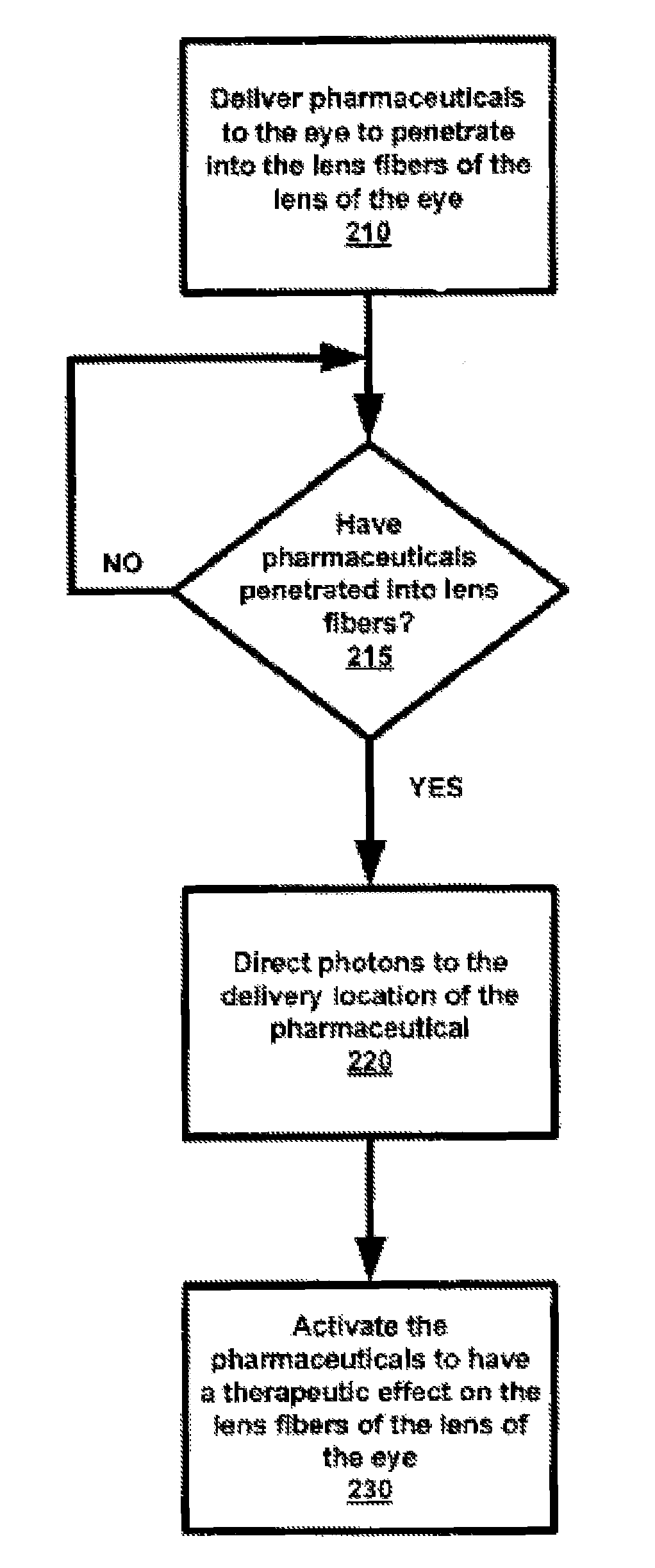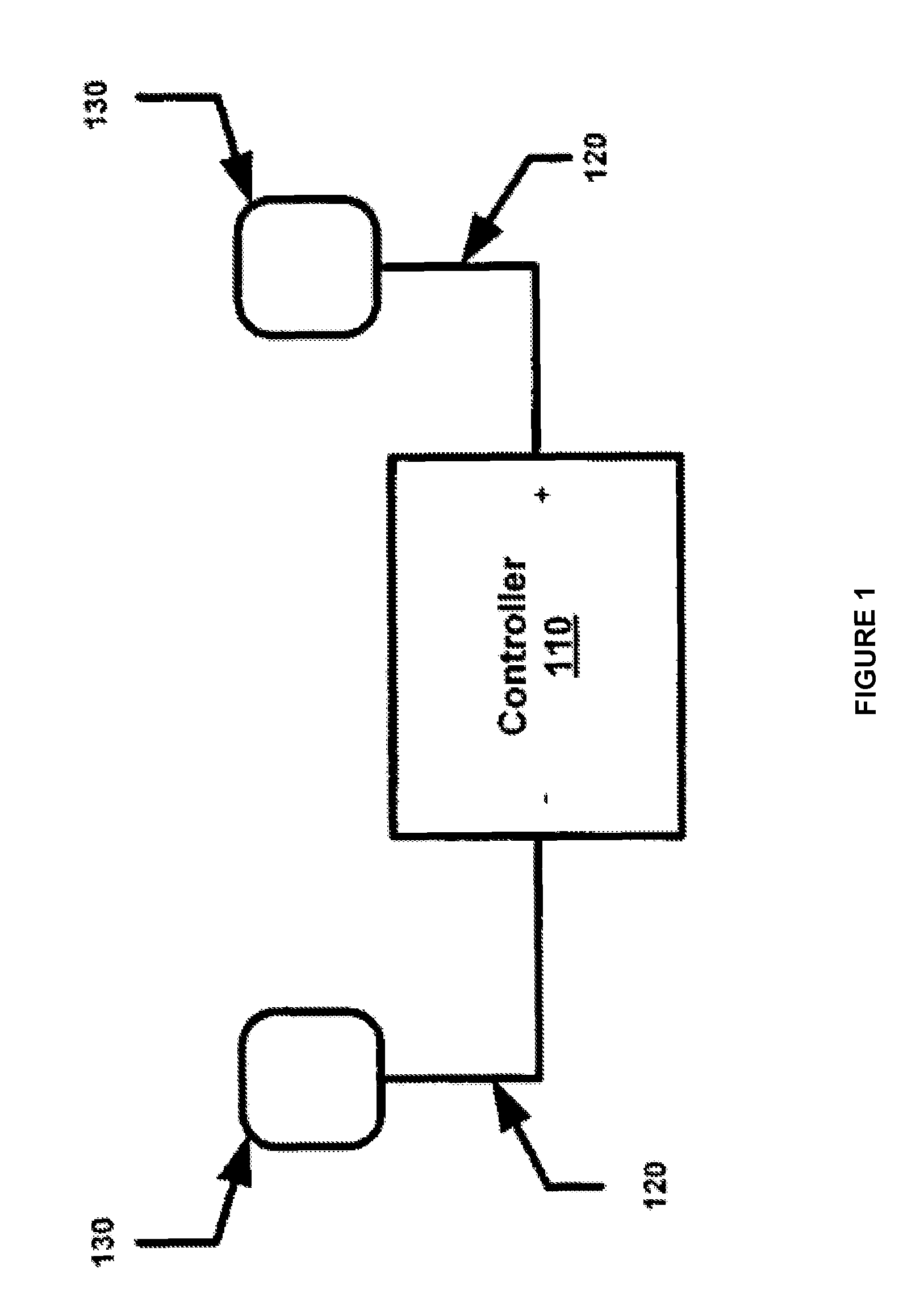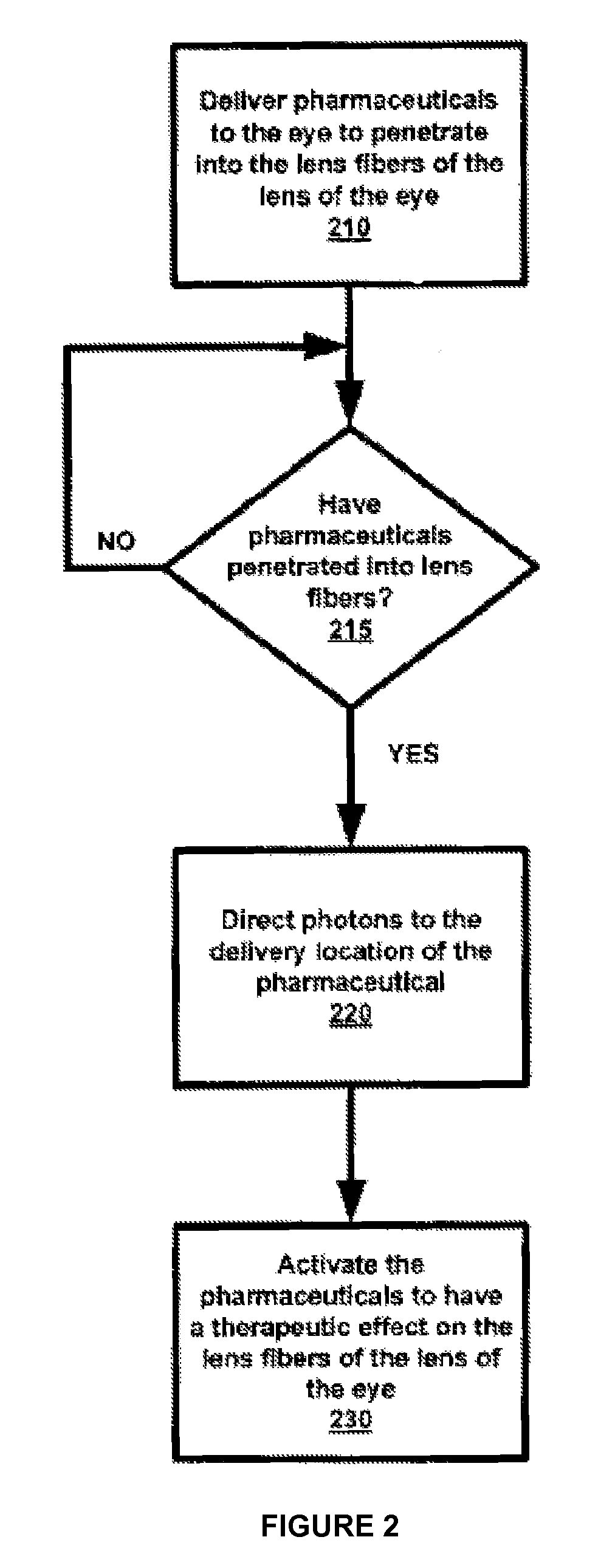Presbyopia treatment by lens alteration
a technology of lens elasticity and presbyopia, which is applied in the field of presbyopia treatment by lens elasticity, can solve the problems of not meeting widespread acceptance of recent works exploring this possibility, unable to reverse presbyopia, and insufficient efficacy of such techniques, so as to achieve the effect of restoring the elasticity and movement of the lens fiber, increasing the adhesion, and reducing the viscosity or stiffness of the lens
- Summary
- Abstract
- Description
- Claims
- Application Information
AI Technical Summary
Benefits of technology
Problems solved by technology
Method used
Image
Examples
example 1
Breaking Aberrant Disulfide Bonds with DTT
[0082]An 80 year-old preserved cadaver eye was sectioned such that the anterior segment consisting of the cornea, aqueous, and iris was removed, and 0.1 cc of a 1.0 molar concentration of DTT was used to treat the human lens. The DTT was allowed to react with the lens through the intact capsule for five and fifteen minutes. During this time span, the lens was periodically rewetted with balanced salt solution to prevent any drying out of the lens.
[0083]The anterior lens curvature lens was measured using an inventive modified topography device (Keratron) used originally in the horizontal position for measuring corneal curvature. The inventive topography device was positioned in the vertical position such that the crystalline lens being measured could be positioned also in the vertical facing up with its anterior capsule facing the inventive topography device. This allowed for the eye's lens to remain for the most part within the eye undisturbe...
PUM
 Login to View More
Login to View More Abstract
Description
Claims
Application Information
 Login to View More
Login to View More - R&D
- Intellectual Property
- Life Sciences
- Materials
- Tech Scout
- Unparalleled Data Quality
- Higher Quality Content
- 60% Fewer Hallucinations
Browse by: Latest US Patents, China's latest patents, Technical Efficacy Thesaurus, Application Domain, Technology Topic, Popular Technical Reports.
© 2025 PatSnap. All rights reserved.Legal|Privacy policy|Modern Slavery Act Transparency Statement|Sitemap|About US| Contact US: help@patsnap.com



